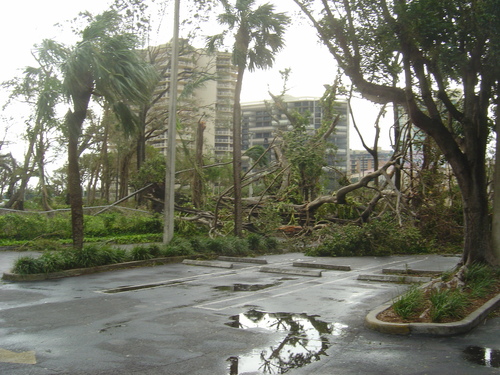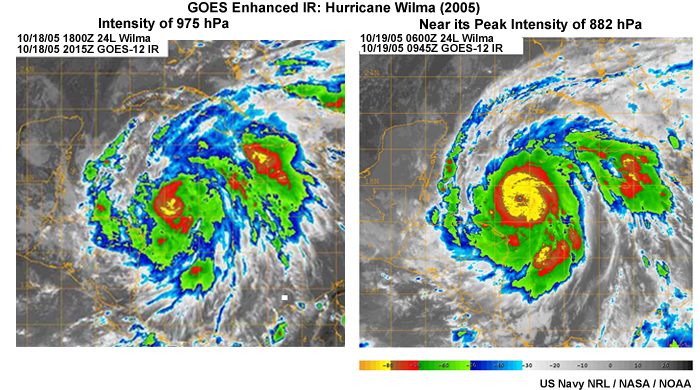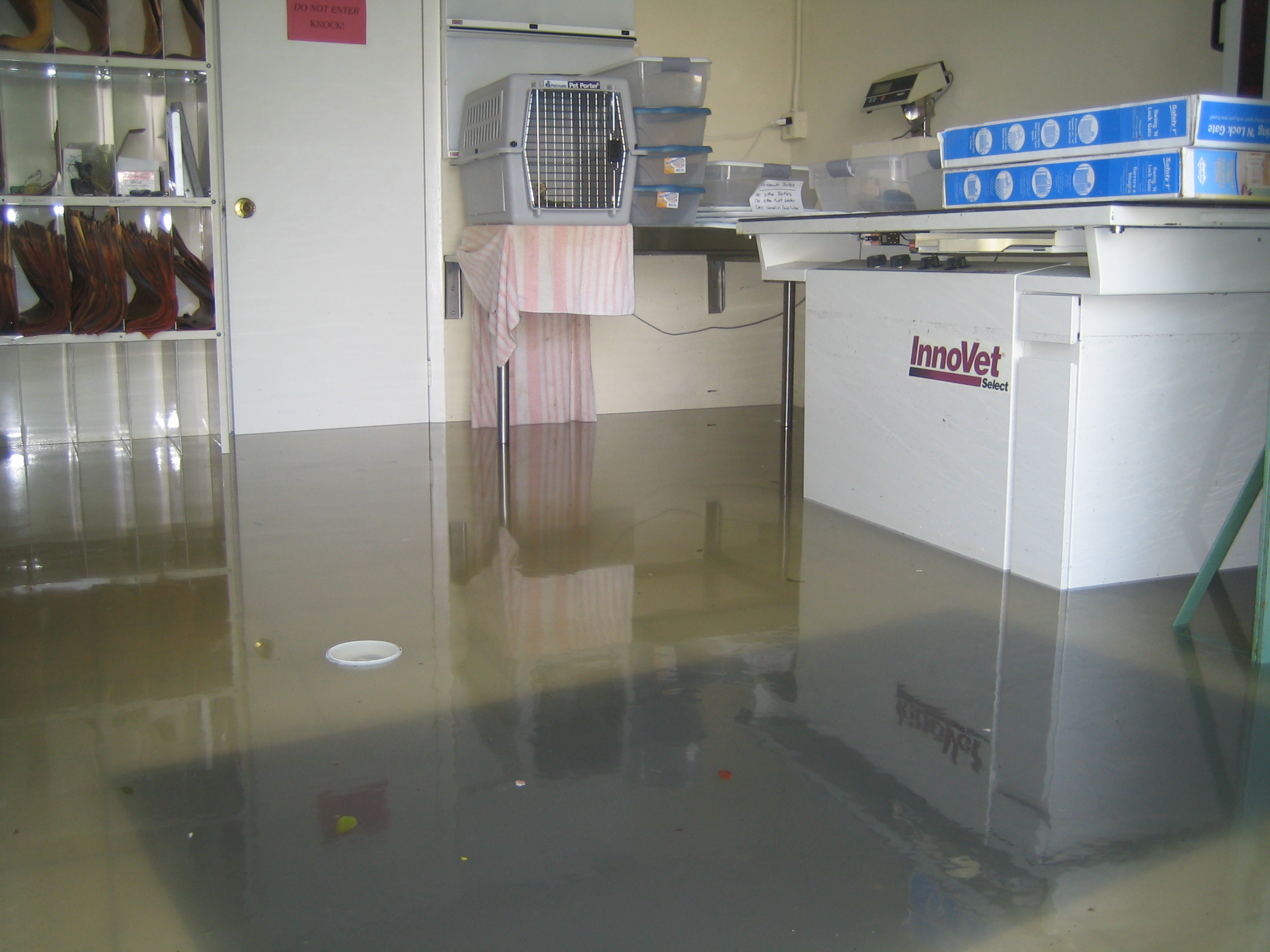


Beyond the accuracy of hurricane track, intensity (defined as the maximum 1-min average surface wind associated with the storm), and even the size of the wind field, this study focuses on the capability of such simulations to reproduce the time history of sustained winds at fixed locations. This is the second of a two-part study on how well a mesoscale model can reproduce, and perhaps even forecast, the surface wind field of a hurricane over land. Nonetheless the comparisons with surface observations suggest that when short-term hurricane forecasts can sufficiently predict storm track, intensity, and size, they will also be able to provide useful information on extreme winds at locations of interest. The boundary layer winds are compared with wind profiles obtained by velocity–azimuth display (VAD) analyses from National Weather Service Doppler radars at Miami and Key West, Florida results from these comparisons are mixed. Localized peak wind events are associated with vertical vorticity maxima in the boundary layer with horizontal scales of 5–10 km. Wind directions are evaluated in terms of the inflow angle relative to the storm center, and the simulated inflow angles are generally smaller than observed.

The results show that peak wind speeds are remarkably well reproduced at several locations. This part explores how well these simulations can reproduce the winds at fixed points over land by making comparisons with observations from airports and research weather stations. The first part presented the modeling framework and initial conditions used to produce simulations of Hurricane Wilma (2005) that closely reproduced the track, intensity, and size of its wind field as it passed over South Florida. The Weather Research and Forecasting (WRF) Model is used with two planetary boundary layer parameterizations: the Yonsei University (YSU) and the Mellor–Yamada–Janjić (MYJ) schemes. This is the second of a two-part study that explores the capabilities of a mesoscale atmospheric model to reproduce the near-surface wind fields in hurricanes over land.


 0 kommentar(er)
0 kommentar(er)
